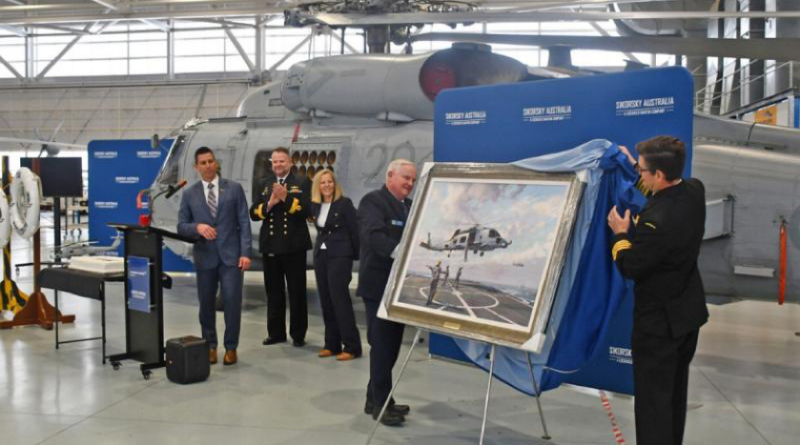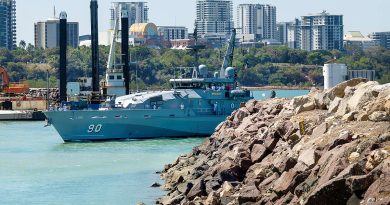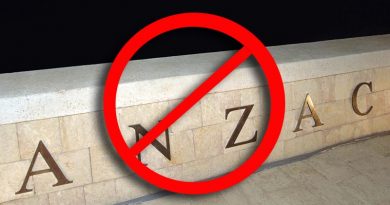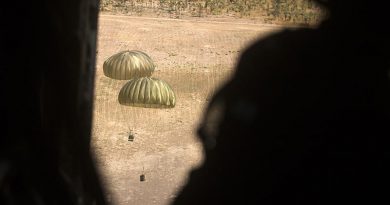MH-60R Romeo passes 50,000 flying hours

Navy’s fleet of MH-60R Romeo helicopters has passed 50,000 flying hours and 10 years of service, a major milestone for Navy aviation and maritime capability.
To mark this achievement, Navy personnel gathered at Sikorsky Australia’s facility in Nowra, NSW, for a formal presentation and the unveiling of a commemorative artwork by John Downton.
The event recognised the efforts of the aircrew, maintainers and other personnel who have contributed to the platform’s success since its introduction in 2013.
The MH-60R has proved a critical asset in Navy’s maritime operations, delivering surface and sub-surface warfare, surveillance, search and rescue, and utility support across a wide range of operational and training environments.
Captain Todd Glynn, who represented Commander Fleet Air Arm Commodore Matthew Royals, said the aircraft was critical to Navy operations at sea as part of an integrated force, and the continued support from industry was key to its future success.
“Our ability to deliver this capability at sea depends on the work being done on the ground,” Captain Glynn said.
“The collaboration, innovation and technical expertise industry brings is essential.”
Capability Acquisition and Sustainment Group’s Director-General Naval Aviation, Aircrew Training and Commons, Commodore Anthony Savage, said the milestone would not have been possible without the decade of teamwork, trust and technical excellence between the Royal Australian Navy, United States Navy, the wider Defence enterprise and industry partners.
“Fifty-thousand flying hours is a remarkable achievement shared across the Defence Force,” Commodore Savage said.
“It reflects the strength of our partnership with the United States Navy and industry partners Sikorsky Australia, Lockheed Martin, CAE USA/CAE Australia and Asia Pacific Aerospace, and the many companies, large and small, across the MH-60R sustainment enterprise.”
With 13 additional MH-60Rs to be delivered under Project SEA9100, the fleet will continue to expand and evolve as part of the Australian Defence Force’s modernisation efforts.
.
.

.
.





